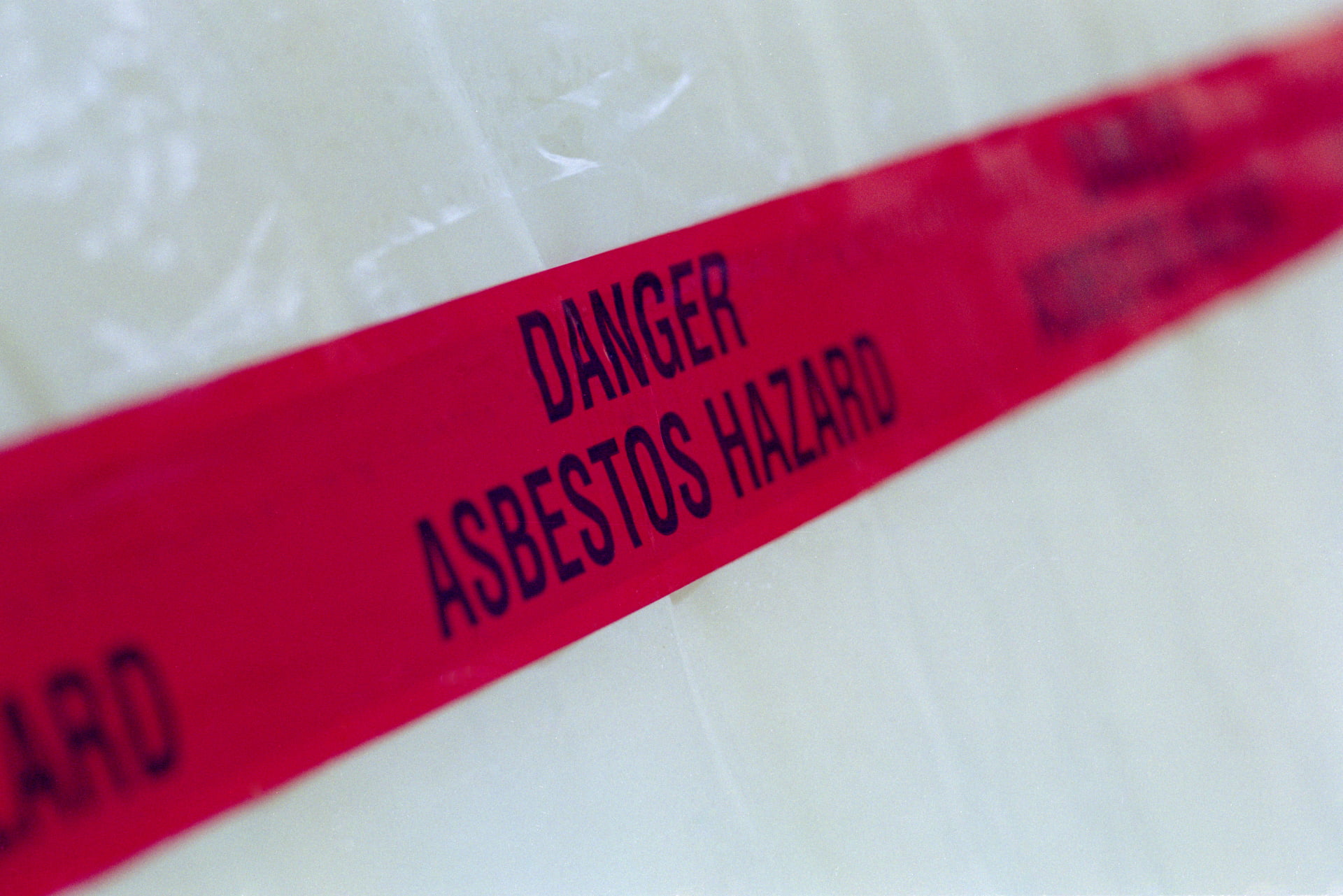Ask The Expert: School trust fined after pupil’s finger was amputated
Login
Your link will open in a new tab
If this has not happened, please click here

Asbestos risk in any premises, particularly those built before 2000 when asbestos was still common in a whole range of building materials, must be managed correctly in line with the Duty to Manage requirements under Regulation 4 of the Control of Asbestos Regulations 2012.
Asbestos was widely used in electrical installations for many years due to its fire protection properties; it can still be found in many distribution boards in the form of flash-guards, ropes and arc chutes. These are particularly prevalent in older installations (prior to the mid-80s) as well as storage heaters and Asbestos Insulating Boards (AIBs) lining the inside of boiler rooms and meter cupboards.
It can also be found in asbestos cement, sprayed coatings on interior walls and ceilings, floor and ceiling tiles, and lagging.
Statistics posted by the HSE in 2021 listed over 5,000 asbestos-related deaths; this includes those related to mesothelioma and lung cancer as well as asbestosis.
The danger occurs when asbestos fibres are released into the air; this usually happens when products are damaged, disturbed or when the debris is dislodged. Accidental exposure is commonplace, unfortunately, particularly in premises where Asbestos-containing materials (ACMs) haven’t been identified, and where contractors or visitors haven’t been alerted to their presence.
Asbestos exposure remains one of the leading causes of lung cancer in the UK. Asbestosis and mesothelioma have been prevalent both in males (most typically those who have been exposed in the workplace) as well as females (who typically were exposed to asbestos fibres in the home as a result of their partner’s exposure in the workplace).
A full, up-to-date Asbestos Management Survey is a key starting point. Even if you’ve had one carried out before, if yours is a few years old - critically, if it pre-dates 2012 - call us today for a free, no-obligation quote.
It's important to ensure you are getting the right survey. If you are planning on undertaking extensive or intrusive repairs or refurbishment, you must commission a targeted R&D (Refurbishment and Demolition) survey in order to ensure that ACMs are properly identified in that area.
If ACMs are discovered during the survey, and confirmed via laboratory sampling, we can work with you to create an Asbestos Management Plan and a schedule of annual re-inspections. All ACMs are given a risk rating with a corresponding action: label and manage them in situ, encapsulate them, or remove them completely.
An asbestos register must be communicated to anyone likely to come into contact with the asbestos, or who has the potential to disturb ACMs. Generally, this would be relevant for anyone undertaking maintenance or repair work; as such, your asbestos register should form part of your contractor induction procedure.
Training is also vitally important in your ongoing management of asbestos within your premises. Ensuring that your employees are aware of the risks, how to manage the risks and how to respond to potential exposure is crucial.
Let us look after your #compliance, so you can do what you do best. Call us on 01427 420 404 or email compliance@skaltd.co.uk for more information.
If this has not happened, please click here